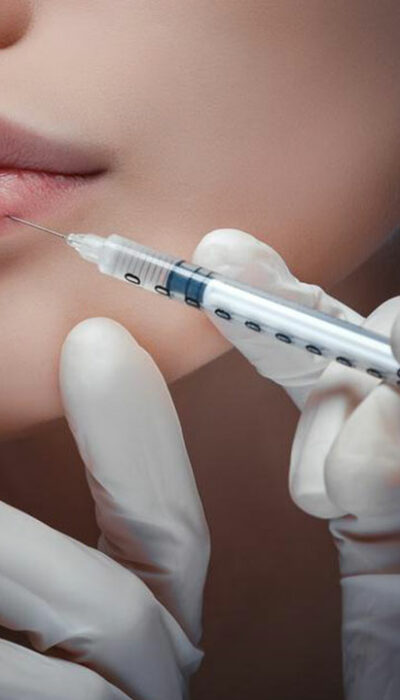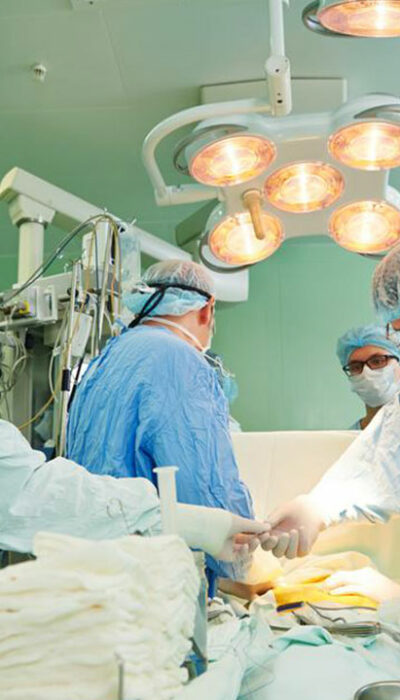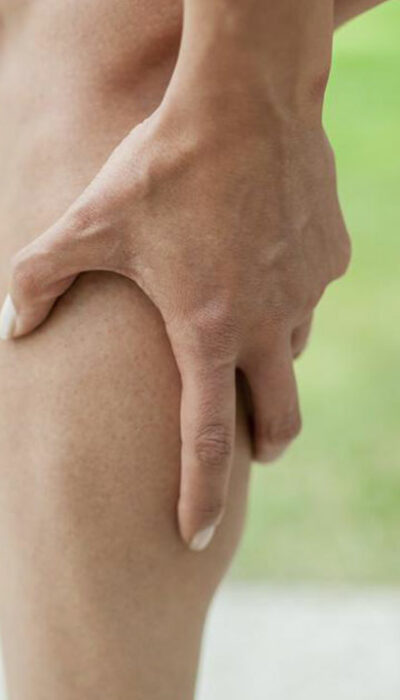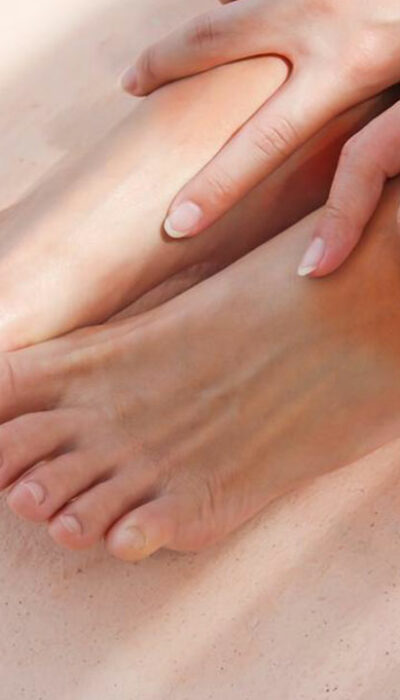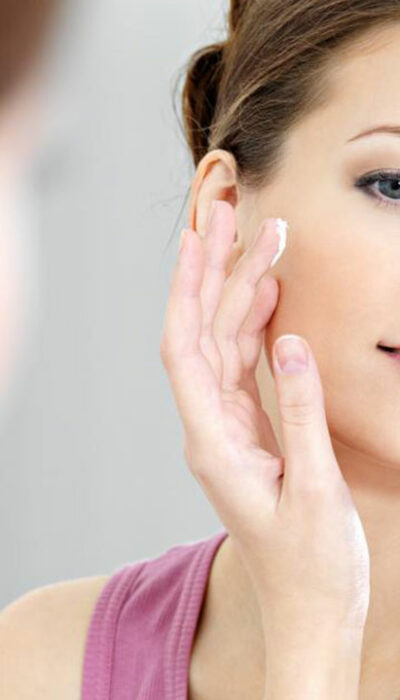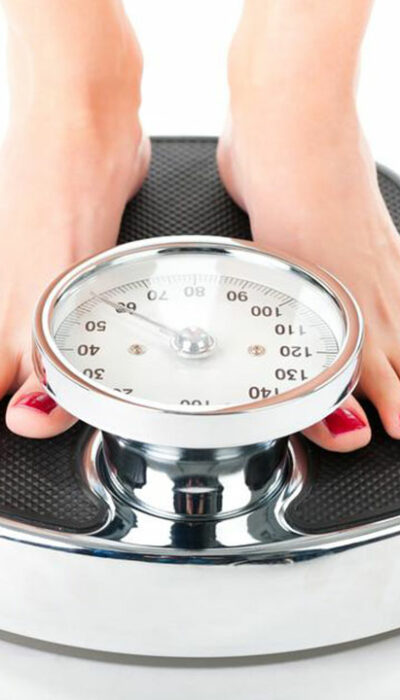
Everything You Need to Know About Haemophilia in Children
Get all your questions pertaining to haemophilia in children answered here. A first aid kit is your best friend as a parent. Children seem to know just how to walk in an unbalanced gait and topple over without any external help. The result is an extraordinary number of bumps and bruises that need more than a mother’s kiss to make better. While bruises and scrapes are a normal part of childhood, haemophilia children need extra care. A bruise or cut would heal and scab over for others, but for haemophilia children, even the smallest cuts are a cause of concern. If you are a parent with haemophilia children or would just like to know more about the condition to help your loved ones handle it better, here are the answer to the most common questions when it comes to haemophilia in children. What is Haemophilia? When you get a cut, there are clotting agents in your blood that act quickly to curb the bleeding. However, for haemophilia children, the disease actively stops blood from clotting properly. The result is an excessive loss of blood, which can be very dangerous to the health of haemophilia children. This genetic disorder tends to affect more boys than girls. In fact, statistics show that one in every 5-10,000 boys have this condition. Even though many girls inherit this gene, they are generally not affected by the condition. However, these girls become carriers of the gene and can pass it on to their kids. Haemophilia in children is generally caused by inheritance of mutated genes, or gene mutations that happen during the development of the child in the womb. Bleeding in haemophilia children may be external where the cut and excessive bleeding is visible, or internal where the bleeding happens inside the body and is not visible.


